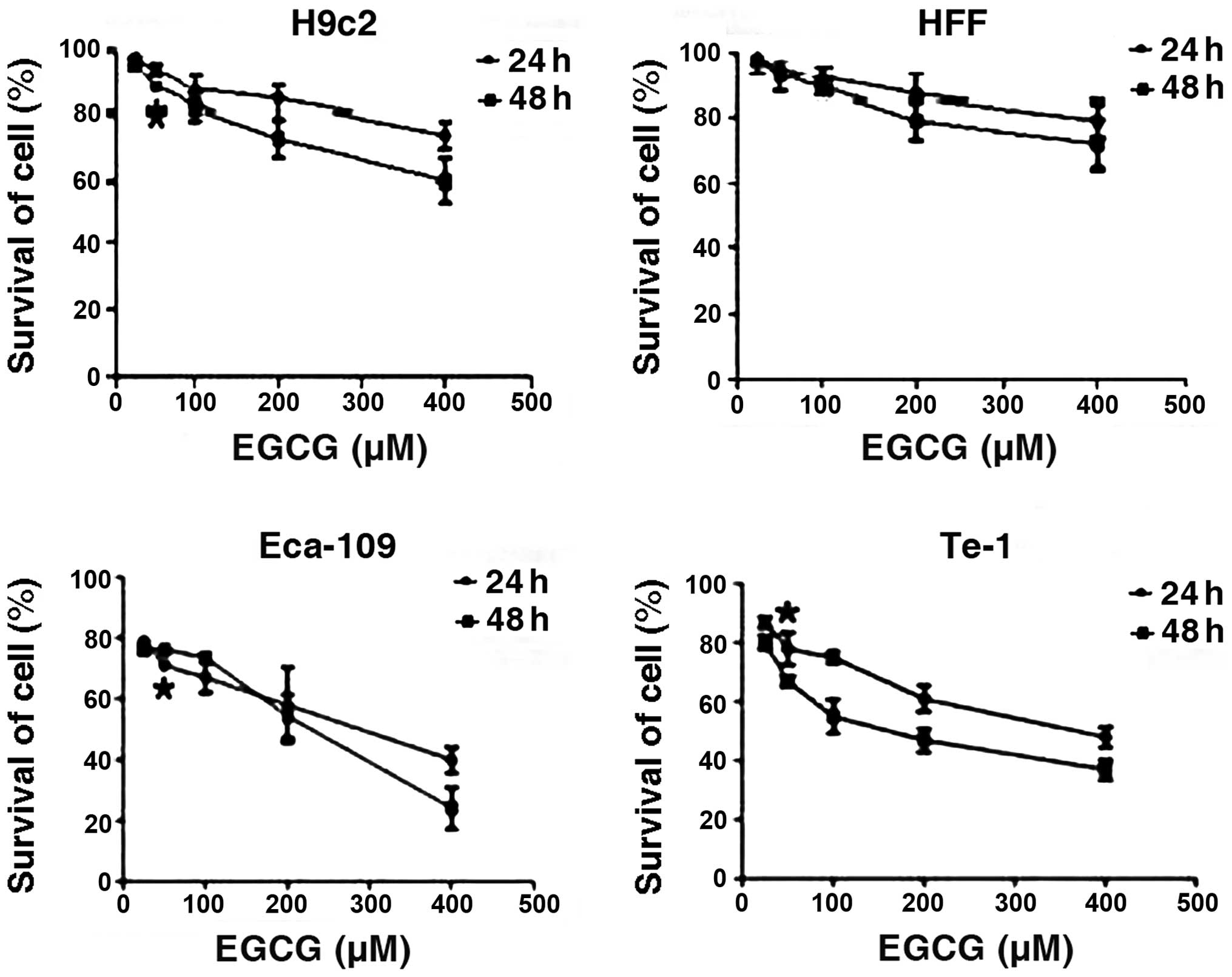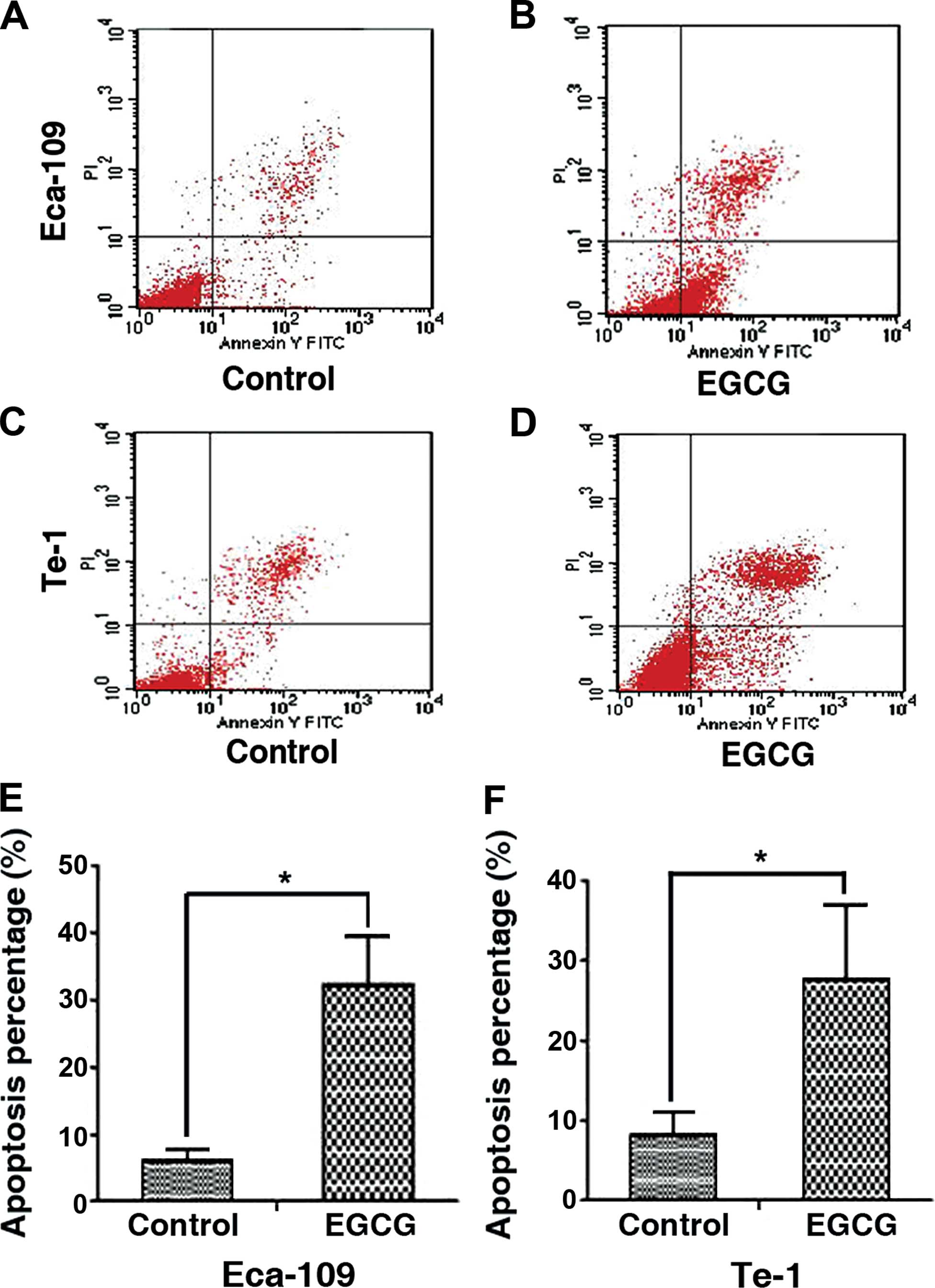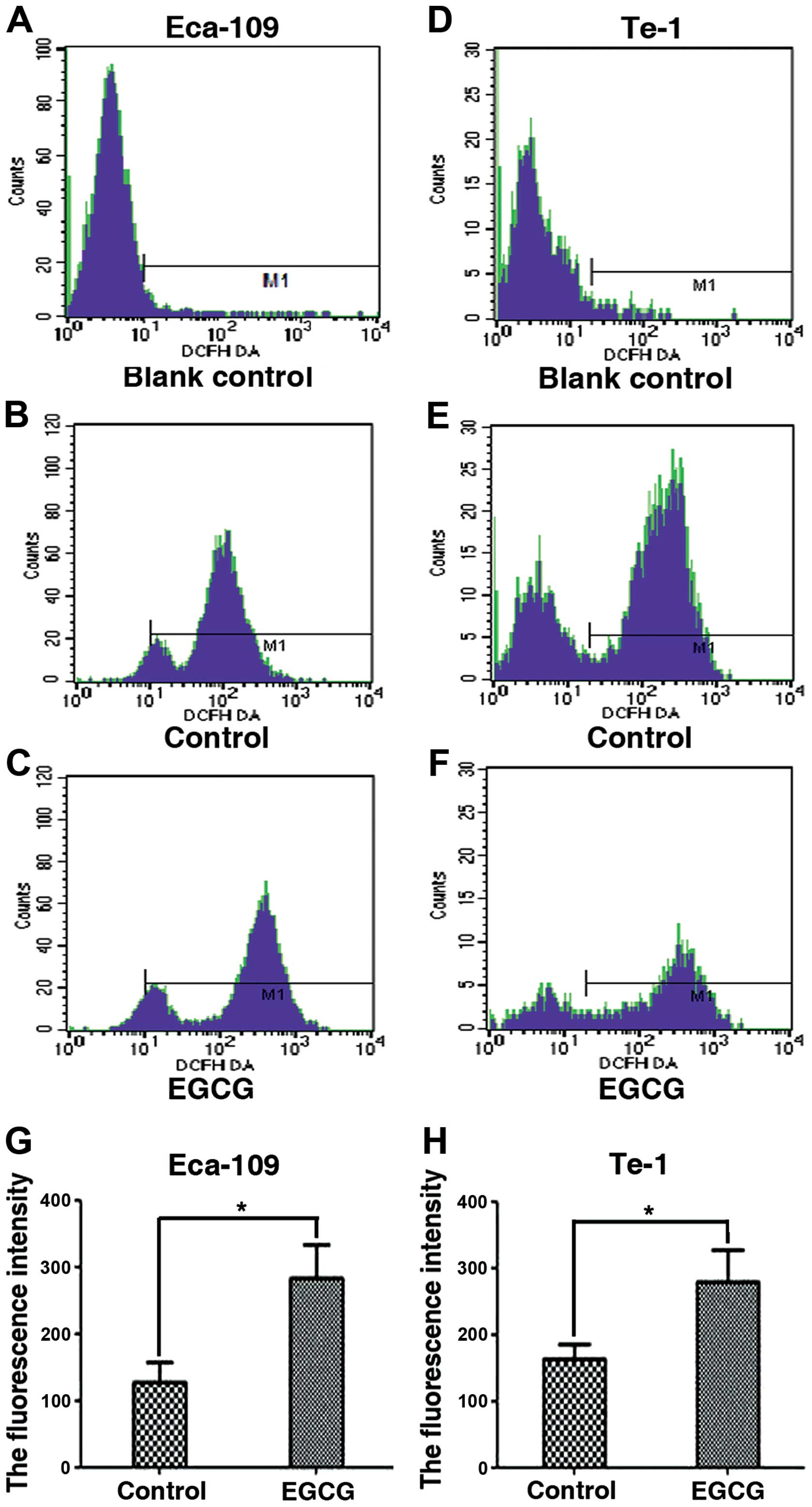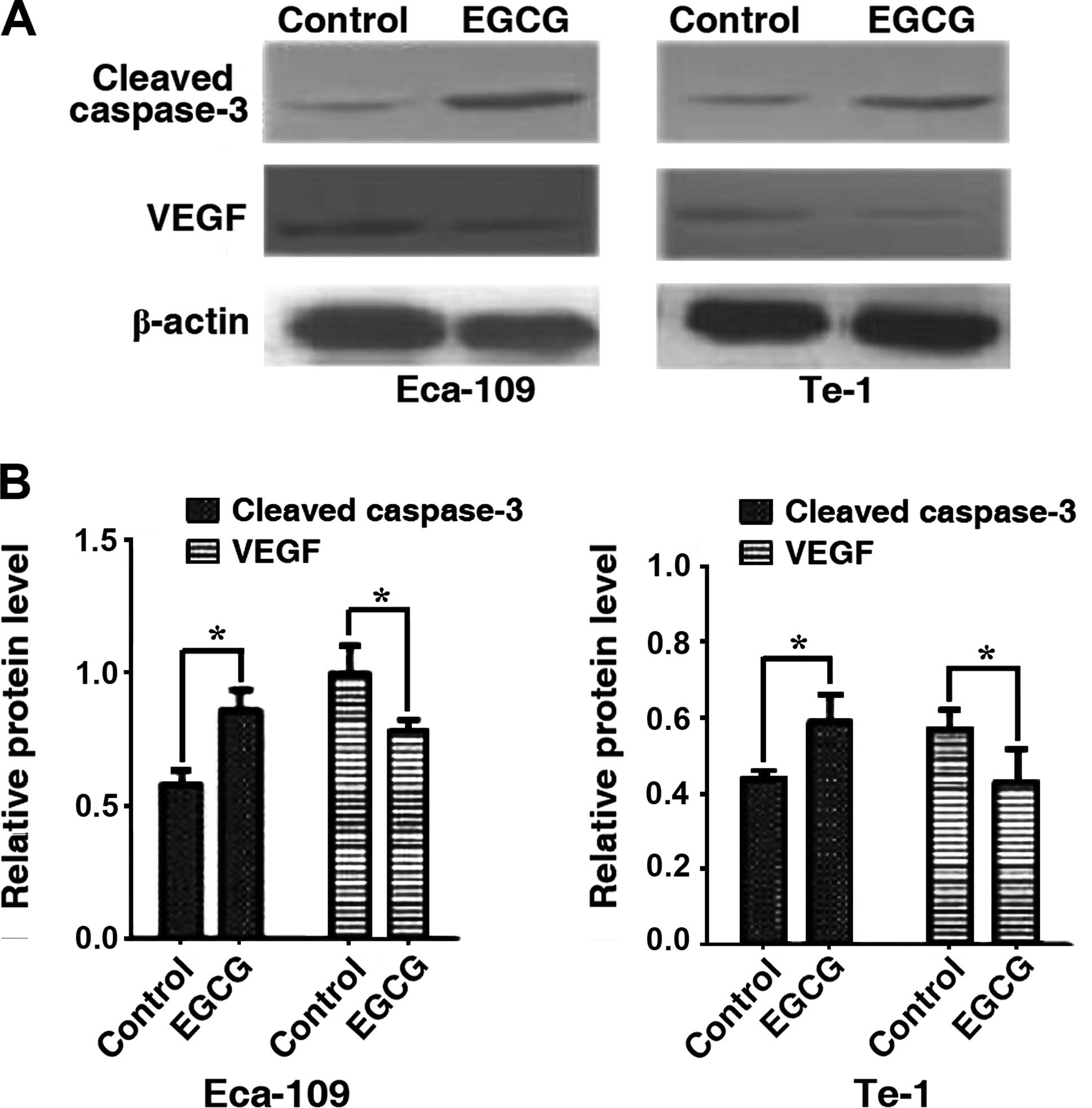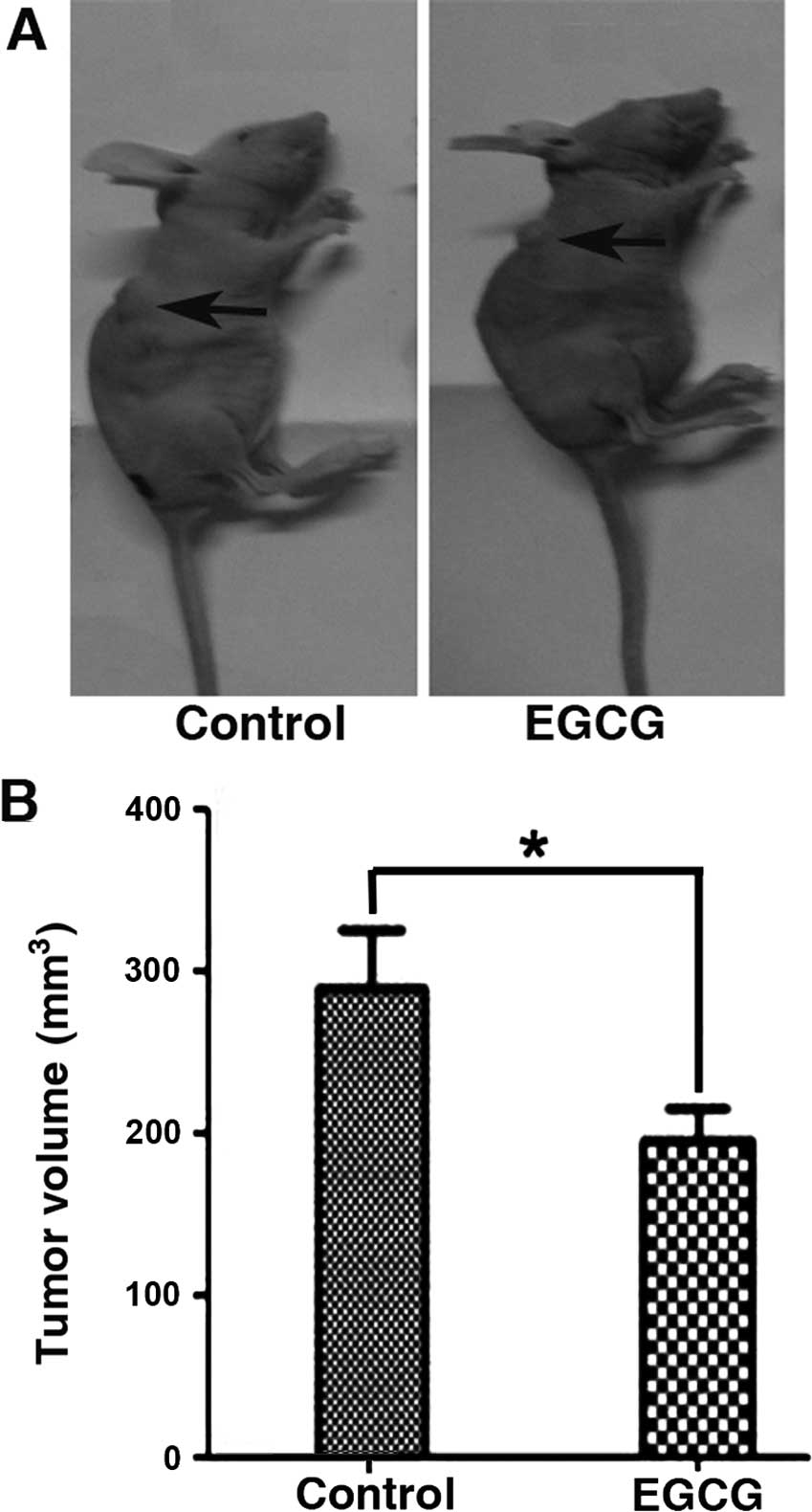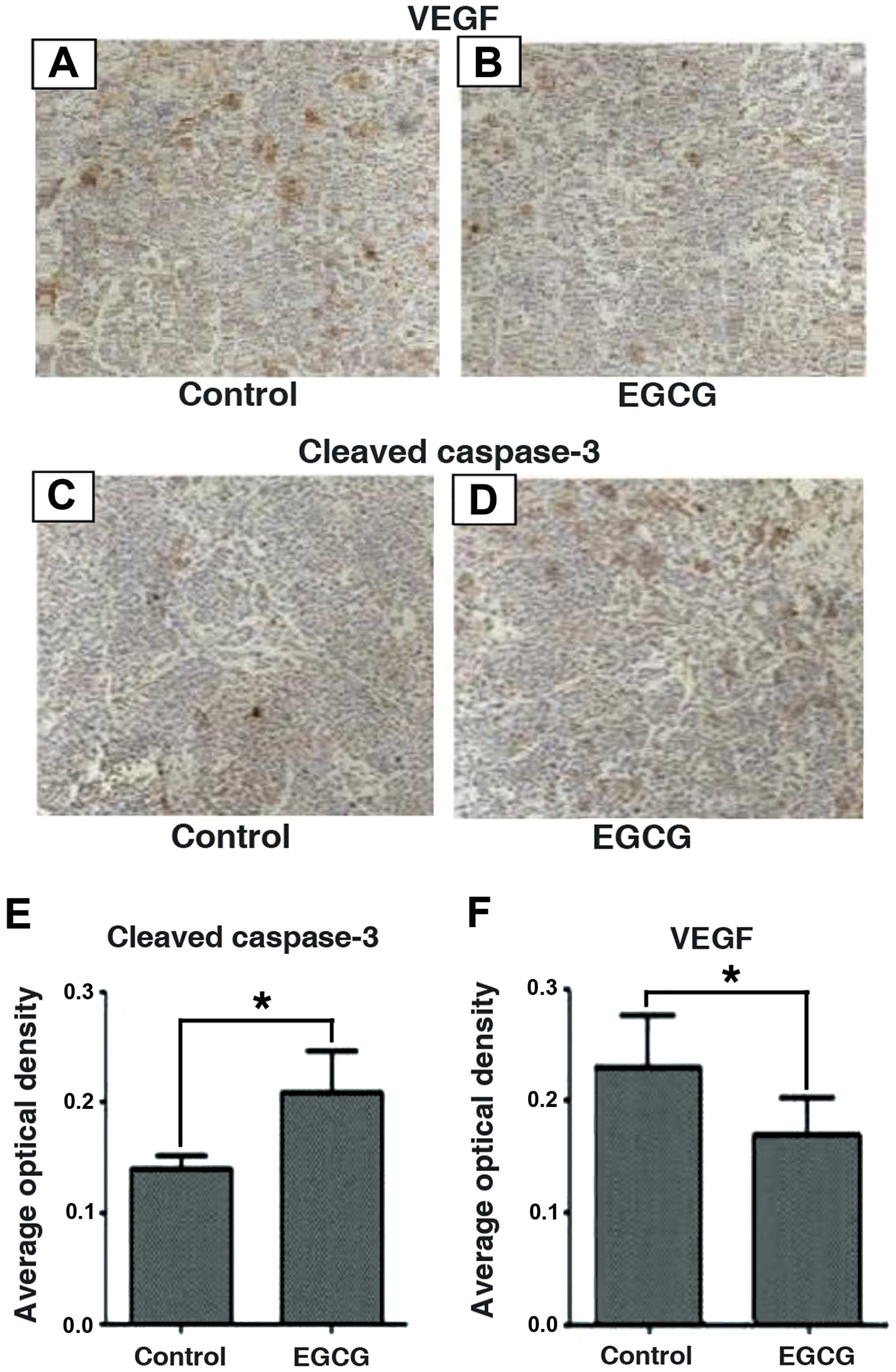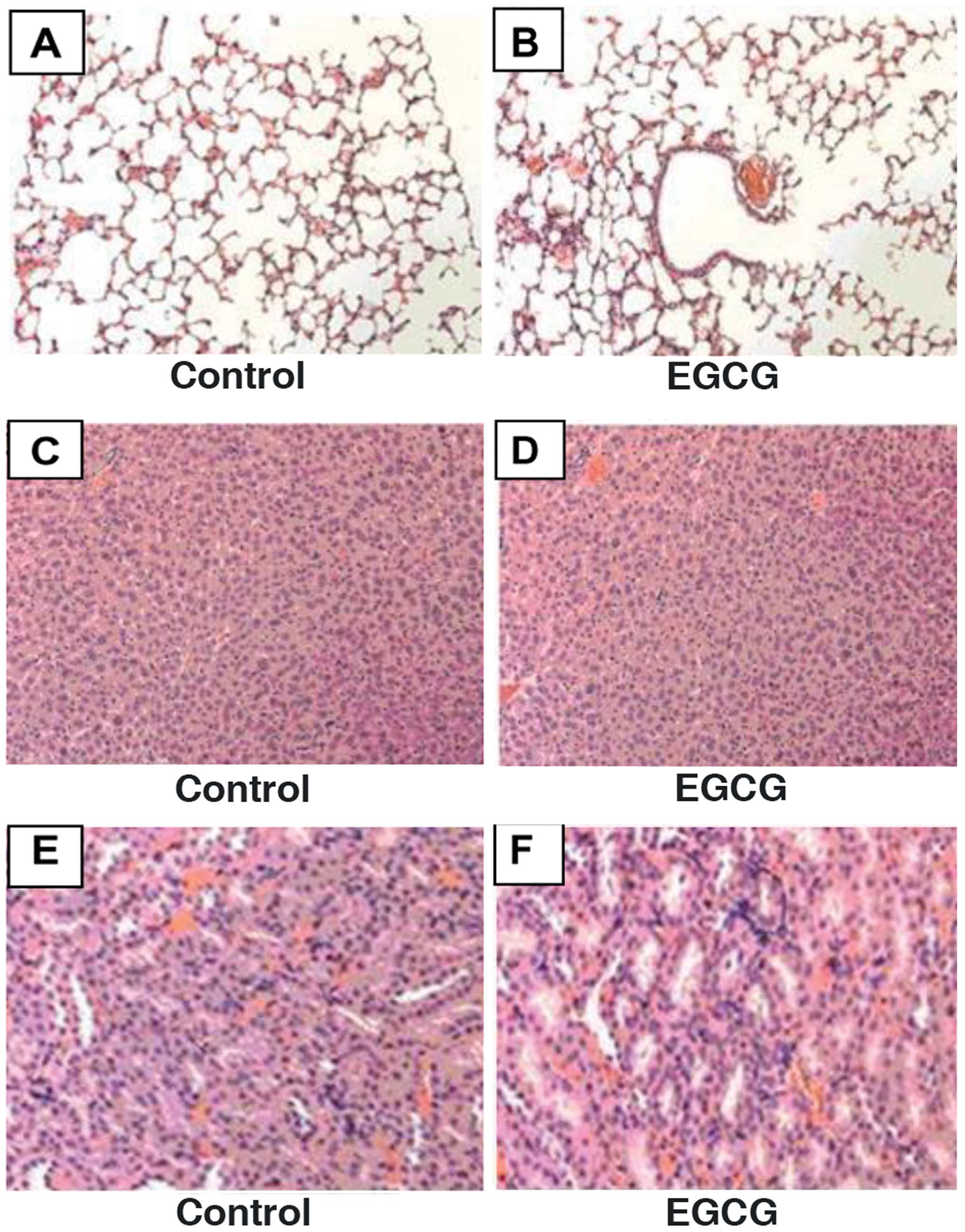|
1
|
Demeester SR: Epidemiology and biology of
esophageal cancer. Gastrointest Cancer Res. 3(Suppl 1): S2–S5.
2009.PubMed/NCBI
|
|
2
|
Jemal A, Bray F, Center MM, Ferlay J, Ward
E and Forman D: Global cancer statistics. CA Cancer J Clin.
61:69–90. 2011. View Article : Google Scholar : PubMed/NCBI
|
|
3
|
Chowdhury FU, Bradley KM and Gleeson FV:
The role of 18F-FDG PET/CT in the evaluation of
oesophageal carcinoma. Clin Radiol. 63:1297–1309. 2008. View Article : Google Scholar : PubMed/NCBI
|
|
4
|
Choi J, Kim SG, Kim JS, Jung HC and Song
IS: Comparison of endoscopic ultrasonography (EUS), positron
emission tomography (PET), and computed tomography (CT) in the
preoperative locoregional staging of resectable esophageal cancer.
Surg Endosc. 24:1380–1386. 2010. View Article : Google Scholar
|
|
5
|
Salahudeen HM, Balan A, Naik K, Mirsadraee
S and Scarsbrook AF: Impact of the introduction of integrated
PET-CT into the preoperative staging pathway of patients with
potentially operable oesophageal carcinoma. Clin Radiol.
63:765–773. 2008. View Article : Google Scholar : PubMed/NCBI
|
|
6
|
Noble F and Bailey D; SWCIS Upper
Gastrointestinal Tumour Panel. Tung K and Byrne JP: Impact of
integrated PET/CT in the staging of oesophageal cancer: a UK
population-based cohort study. Clin Radiol. 64:699–705. 2009.
View Article : Google Scholar : PubMed/NCBI
|
|
7
|
Abou El Naga RN, Azab SS, El-Demerdash E,
Shaarawy S, El-Merzabani M and Ammar el-SM: Sensitization of
TRAIL-induced apoptosis in human hepatocellular carcinoma HepG2
cells by phytochemicals. Life Sci. 92:555–561. 2013. View Article : Google Scholar : PubMed/NCBI
|
|
8
|
Farabegoli F, Papi A, Bartolini G, Ostan R
and Orlandi M: (−)-Epigallocatechin-3- gallate downregulates Pg-P
and BCRP in a tamoxifen resistant MCF-7 cell line. Phytomedicine.
17:356–362. 2010. View Article : Google Scholar : PubMed/NCBI
|
|
9
|
Lee SH, Nam HJ, Kang HJ, Kwon HW and Lim
YC: Epigallocatechin-3-gallate attenuates head and neck cancer stem
cell traits through suppression of Notch pathway. Eur J Cancer.
49:3210–3218. 2013. View Article : Google Scholar : PubMed/NCBI
|
|
10
|
Lecumberri E, Dupertuis YM, Miralbell R
and Pichard C: Green tea polyphenol epigallocatechin-3-gallate
(EGCG) as adjuvant in cancer therapy. Clin Nutr. 32:894–903. 2013.
View Article : Google Scholar : PubMed/NCBI
|
|
11
|
Qian Y, Guan T, Huang M, et al:
Neuroprotection by the soy isoflavone, genistein, via inhibition of
mitochondria-dependent apoptosis pathways and reactive oxygen
induced-NF-κB activation in a cerebral ischemia mouse model.
Neurochem Int. 60:759–767. 2012. View Article : Google Scholar : PubMed/NCBI
|
|
12
|
Forbes-Hernández TY, Giampieri F,
Gasparrini M, Mazzoni L, Quiles JL, Alvarez-Suarez JM and Battino
M: The effects of bioactive compounds from plant foods on
mitochondrial function: a focus on apoptotic mechanisms. Food Chem
Toxicol. 68:154–182. 2014. View Article : Google Scholar : PubMed/NCBI
|
|
13
|
Kwak TW, Kim do H, Chung CW, Lee HM, Kim
CH, Jeong YI and Kang DH: Synergistic anticancer effects of
vorinostat and epigallocatechin-3-gallate against HuCC-T1 human
cholangiocarcinoma cells. Evid Based Complement Alternat Med.
2013:1851582013. View Article : Google Scholar : PubMed/NCBI
|
|
14
|
Lee JH, Jeong YJ, Lee SW, et al: EGCG
induces apoptosis in human laryngeal epidermoid carcinoma Hep2
cells via mitochondria with the release of apoptosis-inducing
factor and endonuclease G. Cancer Lett. 290:68–75. 2010. View Article : Google Scholar
|
|
15
|
Sakamoto Y, Terashita N, Muraguchi T,
Fukusato T and Kubota S: Effects of epigallocatechin-3-gallate
(EGCG) on A549 lung cancer tumor growth and angiogenesis. Biosci
Biotechnol Biochem. 77:1799–1803. 2013. View Article : Google Scholar : PubMed/NCBI
|
|
16
|
Spagnuolo P, Rasini E, Luini A, et al:
Isoflavone content and estrogenic activity of different batches of
red clover (Trifolium pratense L.) extracts: an in vitro study in
MCF-7 cells. Fitoterapia. 94:62–69. 2014. View Article : Google Scholar : PubMed/NCBI
|
|
17
|
Eskandani M, Hamishehkar H and Ezzati
Nazhad Dolatabadi J: Cytotoxicity and DNA damage properties of
tert-butylhydroquinone (TBHQ) food additive. Food Chem.
153:315–320. 2014. View Article : Google Scholar : PubMed/NCBI
|
|
18
|
Valenti D, de Bari L, Manente GA, Rossi L,
Mutti L, Moro L and Vacca RA: Negative modulation of mitochondrial
oxidative phosphorylation by epigallocatechin-3 gallate leads to
growth arrest and apoptosis in human malignant pleural mesothelioma
cells. Biochim Biophys Acta. 1832:2085–2096. 2013. View Article : Google Scholar : PubMed/NCBI
|
|
19
|
Tran PL, Kim SA, Choi HS, Yoon JH and Ahn
SG: Epigallo-catechin-3-gallate suppresses the expression of HSP70
and HSP90 and exhibits anti-tumor activity in vitro and in vivo.
BMC Cancer. 10:2762010. View Article : Google Scholar
|
|
20
|
Hwang YS, Park KK and Chung WY:
Epigallocatechin-3 gallate inhibits cancer invasion by repressing
functional invadopodia formation in oral squamous cell carcinoma.
Eur J Pharmacol. 715:286–295. 2013. View Article : Google Scholar : PubMed/NCBI
|
|
21
|
Singh M, Singh R, Bhui K, Tyagi S, Mahmood
Z and Shukla Y: Tea polyphenols induce apoptosis through
mitochondrial pathway and by inhibiting nuclear factor-κB and Akt
activation in human cervical cancer cells. Oncol Res. 19:245–257.
2011. View Article : Google Scholar
|
|
22
|
Shan X, Li Y, Meng X, Wang P, Jiang P and
Feng Q: Curcumin and (−)-epigallocatechin-3-gallate attenuate
acrylamide-induced proliferation in HepG2 cells. Food Chem Toxicol.
66:194–202. 2014. View Article : Google Scholar : PubMed/NCBI
|
|
23
|
Ma J, Shi M, Li G, et al: Regulation of
Id1 expression by epigallocatechin-3-gallate and its effect on the
proliferation and apoptosis of poorly differentiated AGS gastric
cancer cells. Int J Oncol. 43:1052–1058. 2013.PubMed/NCBI
|
|
24
|
Thakur VS, Ruhul Amin AR, Paul RK, et al:
p53-Dependent p21-mediated growth arrest pre-empts and protects
HCT116 cells from PUMA-mediated apoptosis induced by EGCG. Cancer
Lett. 296:225–232. 2010. View Article : Google Scholar : PubMed/NCBI
|
|
25
|
Tsai CF, Hsu YW, Ting HC, Huang CF and Yen
CC: The in vivo antioxidant and antifibrotic properties of green
tea (Camellia sinensis, Theaceae). Food Chem. 136:1337–1344. 2013.
View Article : Google Scholar
|
|
26
|
Kim HS, Quon MJ and Kim JA: New insights
into the mechanisms of polyphenols beyond antioxidant properties;
lessons from the green tea polyphenol, epigallocatechin 3-gallate.
Redox Biol. 2:187–195. 2014. View Article : Google Scholar : PubMed/NCBI
|
|
27
|
Satoh M, Takemura Y, Hamada H, Sekido Y
and Kubota S: EGCG induces human mesothelioma cell death by
inducing reactive oxygen species and autophagy. Cancer Cell Int.
13:192013. View Article : Google Scholar : PubMed/NCBI
|
|
28
|
Manohar M, Fatima I, Saxena R, Chandra V,
Sankhwar PL and Dwivedi A: (−)-Epigallocatechin-3-gallate induces
apoptosis in human endometrial adenocarcinoma cells via ROS
generation and p38 MAP kinase activation. J Nutr Biochem.
24:940–947. 2013. View Article : Google Scholar
|
|
29
|
Kalaiselvi P, Rajashree K, Bharathi Priya
L and Padma VV: Cytoprotective effect of epigallocatechin-3-gallate
against deoxynivalenol-induced toxicity through anti-oxidative and
anti-inflammatory mechanisms in HT-29 cells. Food Chem Toxicol.
56:110–118. 2013. View Article : Google Scholar : PubMed/NCBI
|
|
30
|
Susin SA, Lorenzo HK, Zamzami N, et al:
Molecular characterization of mitochondrial apoptosis-inducing
factor. Nature. 397:441–446. 1999. View
Article : Google Scholar : PubMed/NCBI
|
|
31
|
Gao Y, Li W, Jia L, Li B, Chen YC and Tu
Y: Enhancement of (−)-epigallocatechin-3-gallate and
theaflavin-3-3′-digallate induced apoptosis by ascorbic acid in
human lung adenocarcinoma SPC-A-1 cells and esophageal carcinoma
Eca-109 cells via MAPK pathways. Biochem Biophys Res Commun.
438:370–374. 2013. View Article : Google Scholar : PubMed/NCBI
|
|
32
|
Deindl E: Mechanistic insights into the
functional role of vascular endothelial growth factor and its
signalling partner brain-derived neurotrophic factor in angiogenic
tube formation. Acta Physiol. 211:268–270. 2014. View Article : Google Scholar
|
|
33
|
Gorman JL, Liu ST, Slopack D, et al:
Angiotensin II evokes angiogenic signals within skeletal muscle
through co-ordinated effects on skeletal myocytes and endothelial
cells. PLoS One. 9:e855372014. View Article : Google Scholar : PubMed/NCBI
|
|
34
|
Takala H, Saarnio J, Wiik H, Ohtonen P and
Soini Y: HIF-1α and VEGF are associated with disease progression in
esophageal carcinoma. J Surg Res. 167:41–48. 2011. View Article : Google Scholar
|
|
35
|
Hsieh DS, Wang H, Tan SW, Huang YH, Tsai
CY, Yeh MK and Wu CJ: The treatment of bladder cancer in a mouse
model by epigallocatechin-3-gallate-gold nanoparticles.
Biomaterials. 32:7633–7640. 2011. View Article : Google Scholar : PubMed/NCBI
|
|
36
|
Shimizu M, Shirakami Y, Sakai H, et al:
(−)-Epigallocatechin gallate inhibits growth and activation of the
VEGF/VEGFR axis in human colorectal cancer cells. Chem Biol
Interact. 185:247–252. 2010. View Article : Google Scholar : PubMed/NCBI
|
|
37
|
Valenti D, De Rasmo D, Signorile A, et al:
Epigallocatechin-3-gallate prevents oxidative phosphorylation
deficit and promotes mitochondrial biogenesis in human cells from
subject with Down’s syndrome. Biochim Biophys Acta. 1832:542–552.
2013. View Article : Google Scholar : PubMed/NCBI
|
|
38
|
Galati G, Lin A, Sultan AM and O’Brien PJ:
Cellular and in vivo hepatotoxicity caused by green tea phenolic
acids and catechins. Free Radic Biol Med. 40:570–580. 2006.
View Article : Google Scholar : PubMed/NCBI
|
|
39
|
Min NY, Kim JH, Choi JH, et al: Selective
death of cancer cells by preferential induction of reactive oxygen
species in response to (−)-epigallocatechin-3-gallate. Biochem
Biophys Res Commun. 421:91–97. 2012. View Article : Google Scholar : PubMed/NCBI
|



